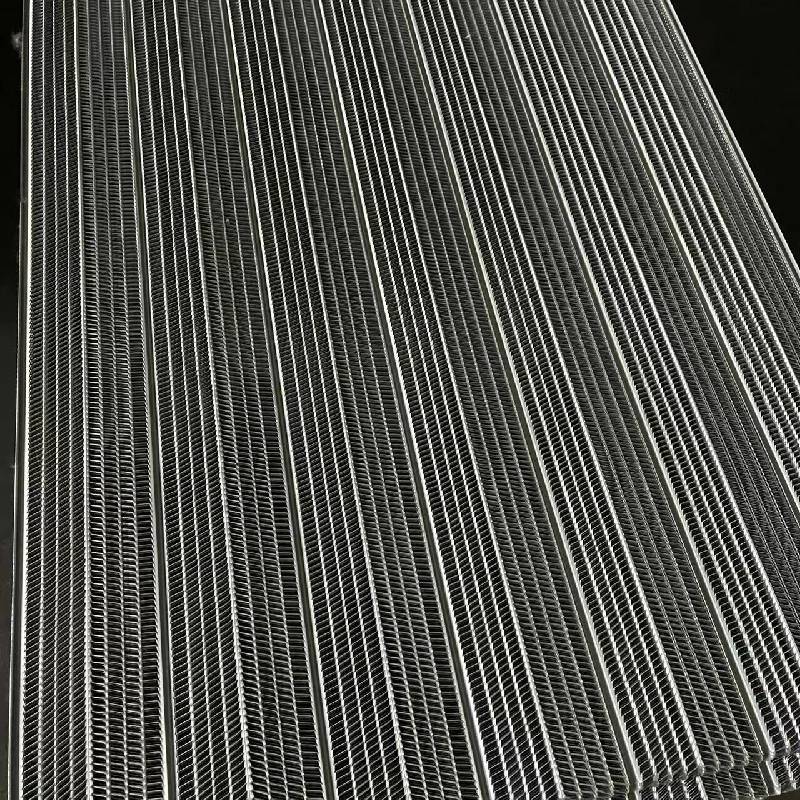
- Mobile Phone
- +8613931874955
- sales@cntcmetal.com
Different Types of Jewelry Making Wire for Your Creative Projects
Types of Wire for Jewelry Making
Jewelry making is an exquisite art that combines creativity with technical skill. One of the essential components of this craft is wire, which is used in a variety of ways to create stunning pieces of jewelry. Understanding the different types of wire available can significantly enhance your jewelry-making experience. This article will explore the various types of wire, their properties, and their best uses in jewelry making.
1. Soft Wire
Soft wire is often the go-to choice for beginners and experienced jewelers alike. It is easily manipulated and can be bent, coiled, and twisted without much resistance. Made from materials such as copper or aluminum, soft wire is typically available in various gauges. The lower the gauge number, the thicker the wire, while higher gauge numbers indicate thinner wire. This wire is excellent for making intricate designs, such as wrapped loops or unique shapes. However, its softness can mean that it may not hold its shape well without proper support or reinforcement.
2. Dead Soft Wire
This type of wire provides the utmost flexibility and is often used for intricate designs that require detailed work. Dead soft wire can be shaped and textured easily, making it ideal for wire wrapping and creating fine details. However, it lacks the strength of harder wires, meaning that pieces made with dead soft wire may need additional structural support.
Half-hard wire strikes a balance between softness and strength. It is less malleable than dead soft wire, making it hold its shape better while still being workable. Jewelers often use half-hard wire for components like ear wires, clasps, and other fittings that require both durability and aesthetics. It's an ideal choice when strength is needed without sacrificing too much workability.
4. Hard Wire
types of wire for jewelry making

Hard wire is the stiffest option and is typically used in designs that require significant durability. Jewelers often use it for making components like chains or structural elements in pieces. While it's more challenging to manipulate than soft or half-hard wire, it provides excellent stability, making it necessary for certain applications. Be prepared, as this wire may require specialized tools for bending or shaping.
5. Sterling Silver Wire
For those aiming for a luxurious finish, sterling silver wire is a popular choice. It combines beauty with durability, making it a favorite among jewelers. Sterling silver can be found in various hardness levels, allowing for flexibility depending on the intended design. Additionally, it can be easily polished to bring out its shine, making it an excellent option for pieces that need to stand out.
6. Gold-Filled Wire
Gold-filled wire consists of a layer of gold bonded to a base metal, providing a more affordable alternative to solid gold while still maintaining a high-end appearance. This wire is highly durable and resistant to tarnishing, making it suitable for jewelry that will be worn often. Gold-filled wire is available in various gauges and styles, making it versatile for different design needs.
7. Copper Wire
Copper wire is another popular option for jewelry making, known for its affordability and adaptability. It can be easily shaped and is often used for wire wrapping, sculpting, and other design techniques. Copper wire can be left in its natural state, giving a rustic look, or it can be oxidized or coated for various finishes.
Conclusion
In conclusion, the type of wire selected for jewelry making can greatly affect both the aesthetics and durability of the final piece. By understanding the different properties of soft, half-hard, and hard wires—as well as specialty materials like sterling silver, gold-filled, and copper—jewelers can choose the best option for their specific projects. Whether you’re a beginner exploring the world of jewelry making or an experienced artisan, knowing your wire types will undoubtedly enhance your creative journey. Happy crafting!
share:
-
Your Source for Concrete Wall Ties and Masonry AccessoriesNewsJul.10,2025
-
Unlocking the Power of Iron Wire for Every ProjectNewsJul.10,2025
-
Explore Advanced Chain Wire and Stainless Steel Mesh FencingNewsJul.10,2025
-
Discover the Benefits of Annealed Wire ProductsNewsJul.10,2025
-
Discover China Stainless Steel Wire Mesh SolutionsNewsJul.10,2025
-
Build with Confidence Using High-Performance Masonry AccessoriesNewsJul.10,2025
-
Why Sacrificial Formwork Is Redefining Underground ConstructionNewsJun.06,2025



















